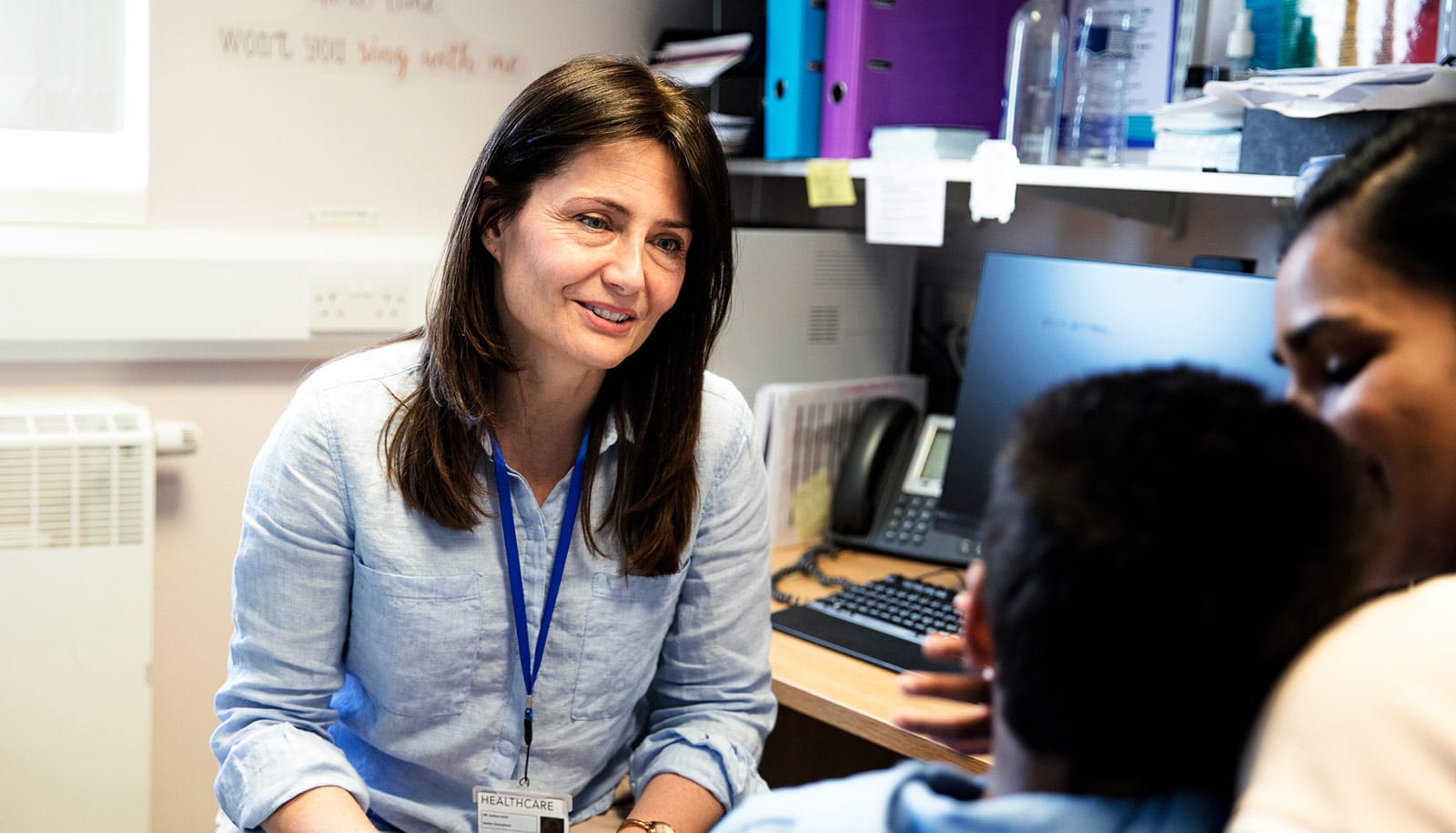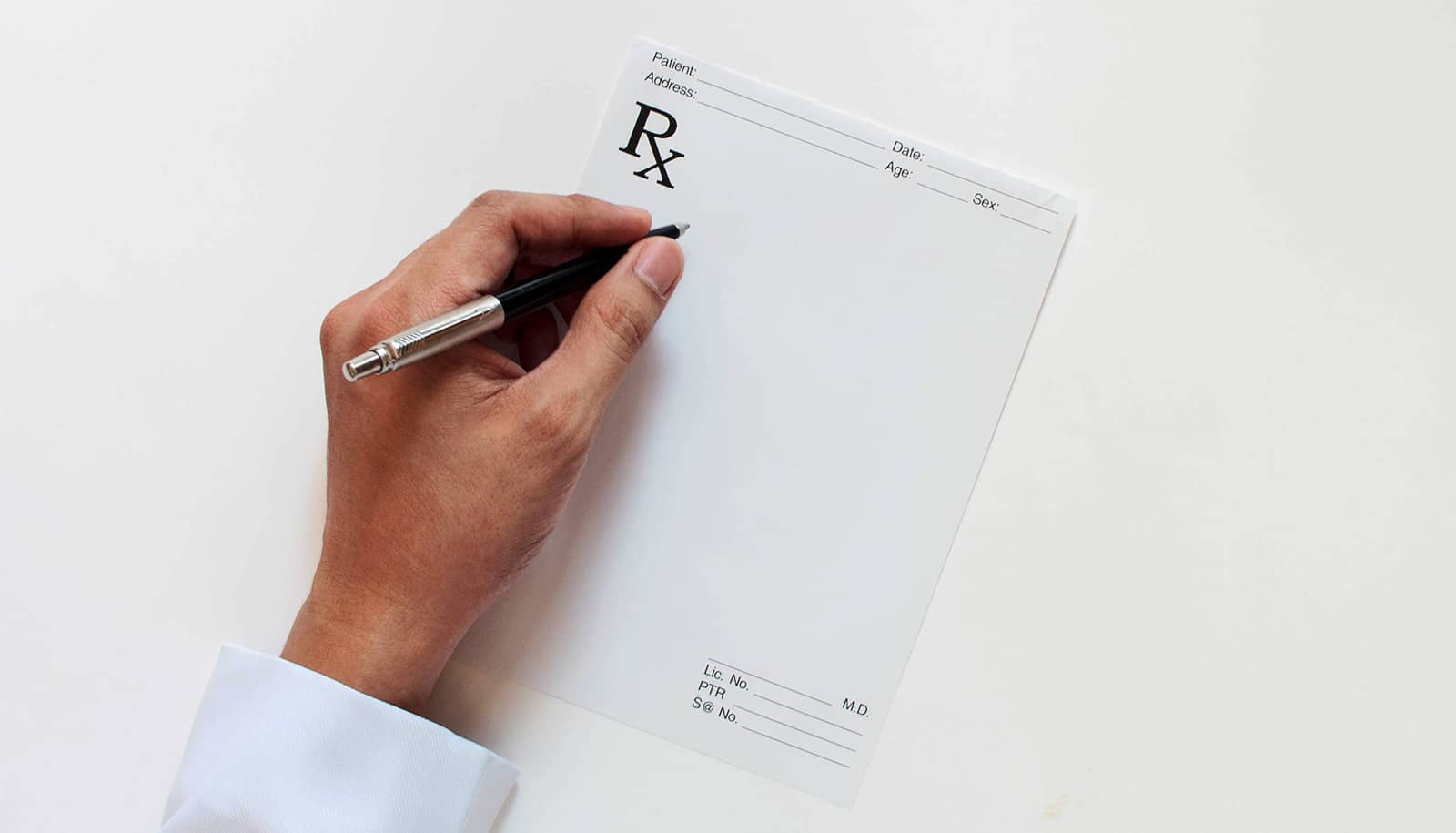New guidelines educate health care professionals about how to help prevent firearm injuries.
Each year, approximately 40,000 people in the United States die because of guns, making firearm-related injuries a leading cause of death for adults and children. According to a recent report, gun violence surged during the COVID-19 pandemic, making 2020 one of the nation’s deadliest years for firearm-related casualties on record.
Health care professionals could help reduce the toll, but only about 20% receive any education on their role in firearm injury prevention. With a goal of changing that, a group of scientists, physicians, and educators from across the country—a significant number of whom are firearm owners—established new guidelines on educational priorities regarding firearm injury prevention training for health care professionals. The guidelines appear in the journal Academic Medicine.
“Our job as clinicians is to help patients stay healthy,” says Megan Ranney, a Brown University professor of emergency medicine who was the senior author of the study and served as a mentor and advisor on the project. “We ask and counsel about a lot of things ranging from diet to smoking to seat belts to pool safety. Yet study after study has shown that we do not do that for firearm injury.”
Conversations can pay off
When providers have thoughtful, culturally competent conversations with patients and families about firearms, Ranney says, they can change behavior to increase safety. Research shows that after a conversation with a pediatrician about firearm injury prevention, parents are more likely to store guns safely, for example; another study showed that violence intervention programs can help reduce injuries among young trauma patients admitted to hospital after shootings or stabbings.
The problem is that these conversations aren’t happening, the researchers say.
“In many cases, physicians haven’t felt comfortable talking about firearms with patients because it’s been viewed as a divisive subject,” says Katherine Hoops, a study author and assistant professor of anesthesiology and critical care medicine at Johns Hopkins University School of Medicine. “We set out to change that by being the first to create standards for undergraduate, graduate, and continuing medical education, so clinicians and educators have a foundation from which they can develop educational programming for their learners.”
Guidelines to prevent firearm injuries
In April 2019, Hoops and Jahan Fahimi, associate professor of emergency medicine at the University of California, San Francisco, with guidance from Ranney, convened a diverse group of 33 experts in medicine, nursing, and public health from academic institutions across the country to create a comprehensive and adaptable framework for firearm injury education. The group included firearm owners as well as former members of the military, Ranney says.
The group outlined seven categories previously identified in medical research as priorities, including a general category with priorities applicable to all types of gun-related injuries, and six specific categories focused on intimate partner violence, peer violence, mass violence, suicide, and unintentional injury.
As examples, according to the researchers, clinicians should know the frequency, patterns, and risk factors for fatal and non-fatal firearm injury, including suicide and suicide attempts; understand firearm access, possession, ownership, transfer, and use; and be familiar with basic types of firearms and ammunition. They also should be able to provide counseling about firearm injury prevention—such as safe gun storage—to their patients and understand how to escalate concerns for patients who may be at risk.
This isn’t an anti-firearms set of objectives, Ranney says, but a harm-reduction set of objectives. While the vast majority of firearm ownership is tied to beliefs and practices around gun safety, she added, there are certain situations, practices and societal factors that elevate risk.
“These guidelines are about teaching medical professionals how to identify those gradations of risk and how to act appropriately to lower them,” Ranney says. “The conversation around gun safety is similar to how I talk to patients about car seats. I counsel them on how to safely put their child in the seat, but I don’t tell them how to drive.”
Fahimi says the authors hope that the educational framework will fundamentally change how physicians talk about violence in their practices: “It’s engaging with patients, talking about their experiences, helping them understand the risk of injury, and ultimately preventing injuries and saving lives.”
The study had funding from AFFIRM, a non-partisan nonprofit that Ranney co-founded that’s dedicated to creating a public health approach to firearm injury prevention.
Source: Brown University



